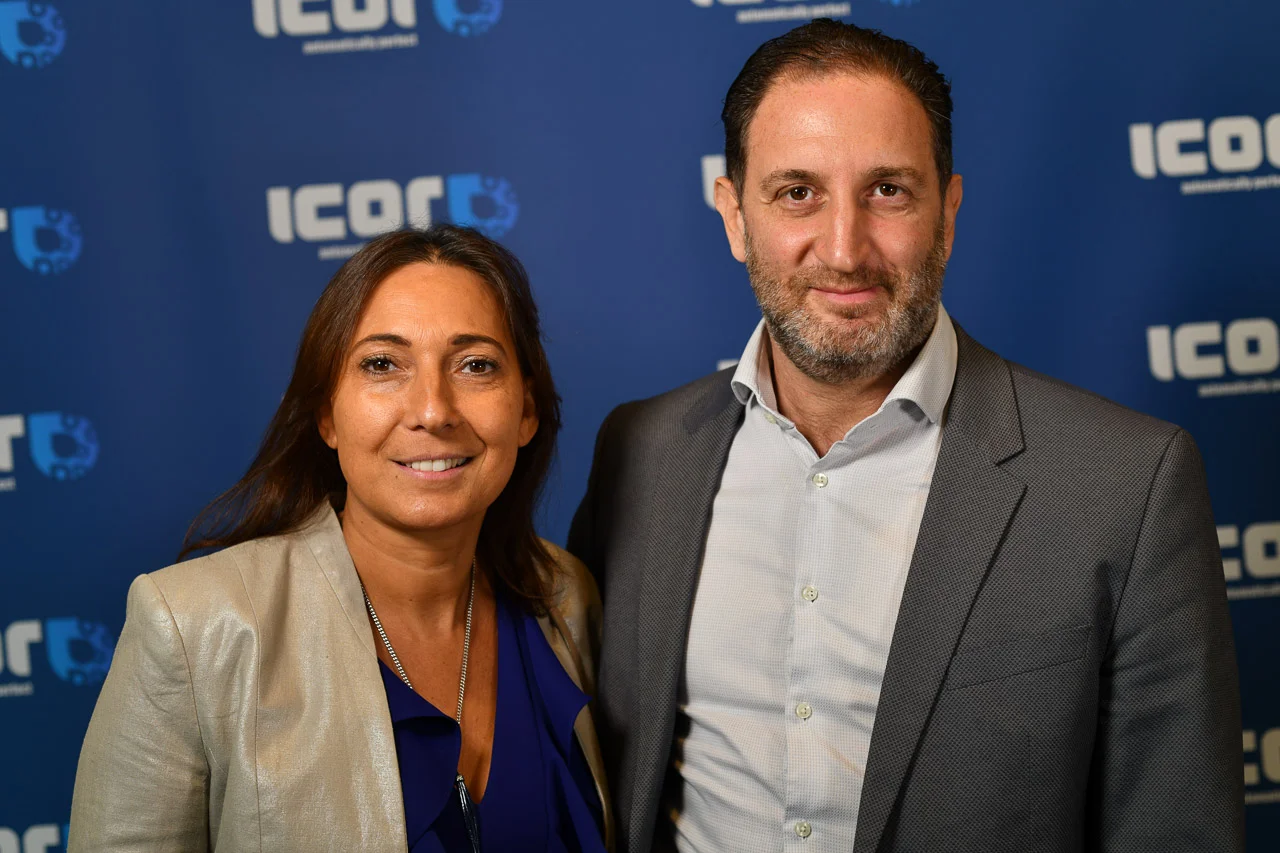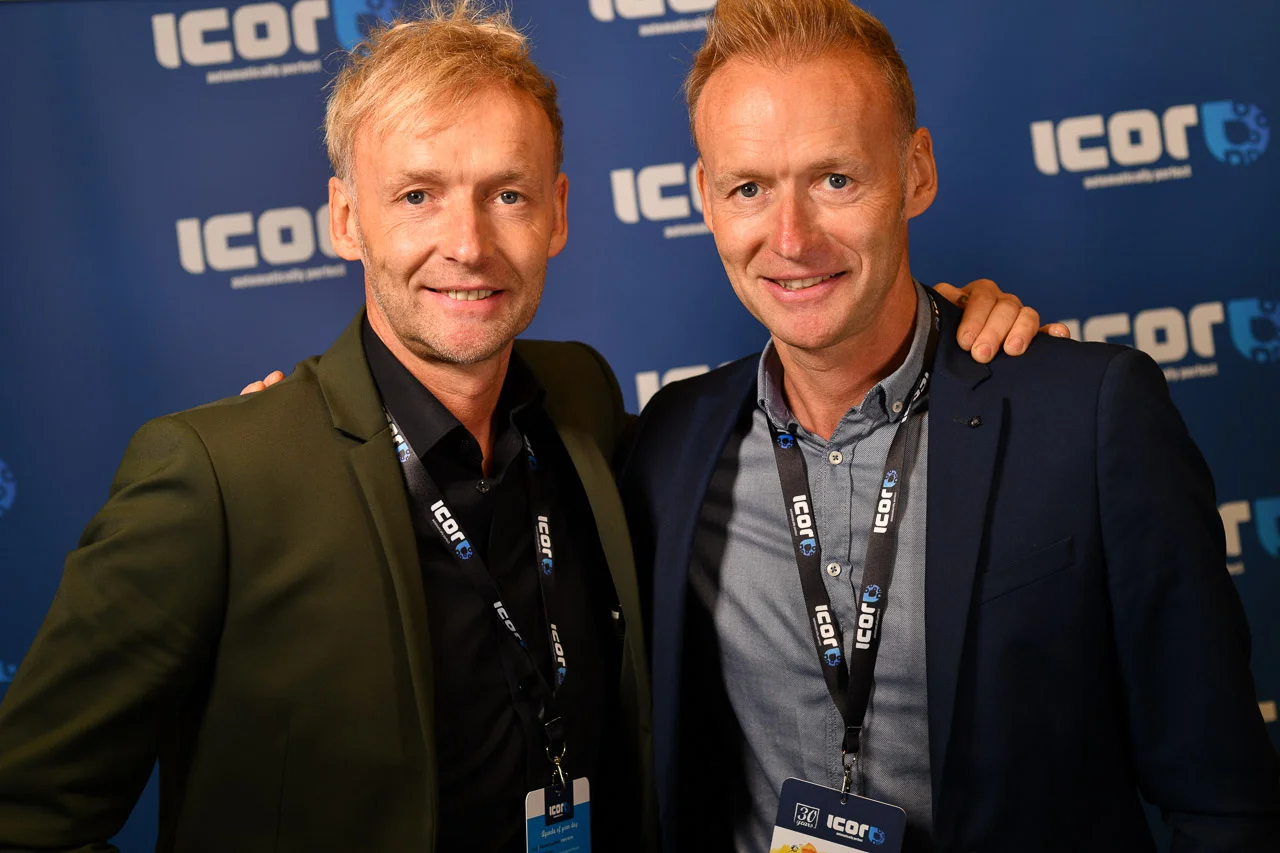I make a lot of posed portraits – wedding photos, company headshots, studio portraits. This year, I have probably photographed more than 500 people in this way. I love the work, and my clients are almost always delighted with the results. But I believe that the portraits I make in less formal settings – above all when the subject is unaware of the camera – reach another level of artistic interest, even when they are less than perfect from a technical point of view.
Why is this? I think it’s because most people put on a special ‘look’ in front of the camera, even when they are trying not to. Selfies are an extreme case, of course, but have you noticed that the pictures people make of themselves don’t really look much like them at all? The facial expressions they adopt when they are thinking about the images that are being captured mask their thoughts and feelings, and therefore hide their real personalities.
As a portrait photographer, it is always the real person – in all his or her complexity – that I am trying to see. People are never so interesting or so beautiful as when they believe themselves to be unobserved, when their thoughts are turned inward, allowing their emotions to play freely across their faces.
In the 1950s, American photographer Harry Callahan photographed women on the streets of Chicago, and produced a body of work entitled ‘Women Lost in Thought’. I don’t know why he chose to focus only on women, but I suspect that like me what interested him was the ‘interiority’ of their faces.
I also enjoy photographing people on the street, but I shoot people in other situations, too. I’ve made portraits of long-distance runners which have an extraordinary ethereal quality. And I’ve shot a series of images of couples dancing which I also like very much. Whether they are running or dancing, these people‘s faces speak in a very direct way of the sensations of effort or pleasure in which they are immersed.
Making unposed portraits has informed and enriched my formal portrait work as well. I’ve learned to see, and even to anticipate, the right instant to release the shutter. And I’ve learned to distract my subjects from thinking about how they look by chatting with them, or by getting them to do something such as putting on a leather jacket. I’m pretty sure it’s in these moments, when they are thinking of something other than the portrait, that the best portraits are made.



















